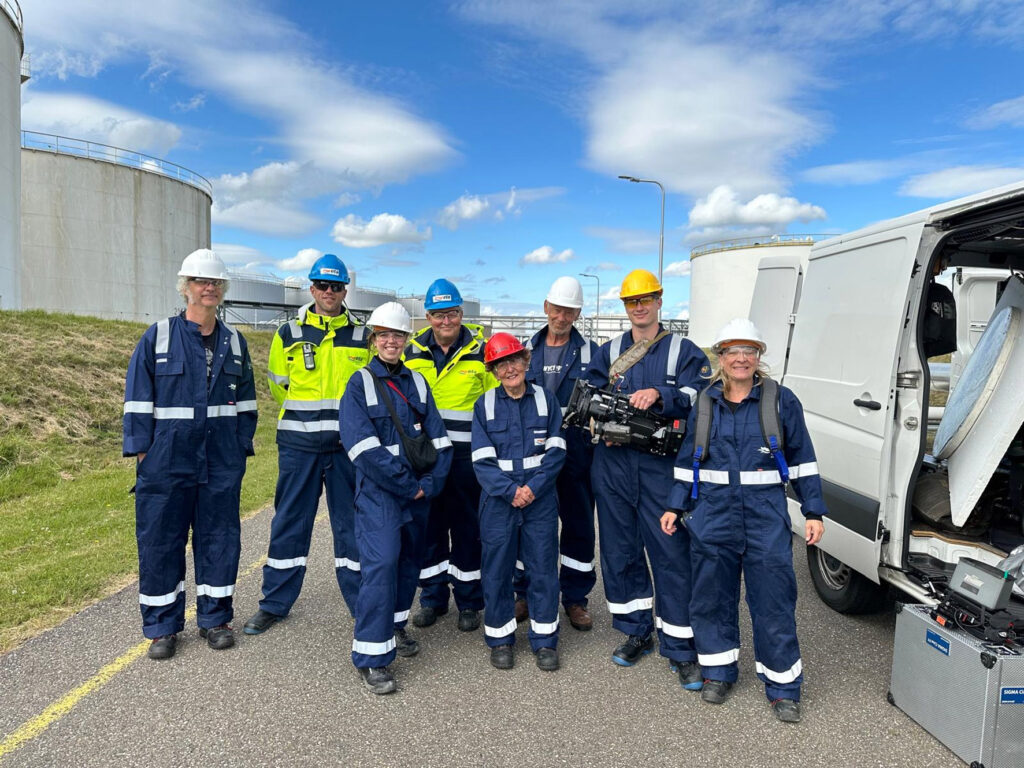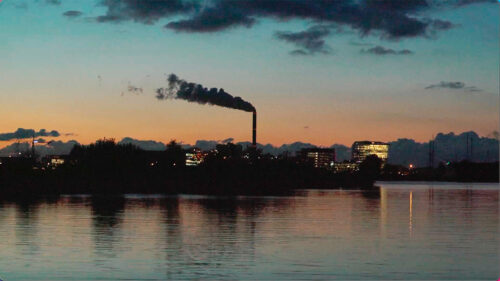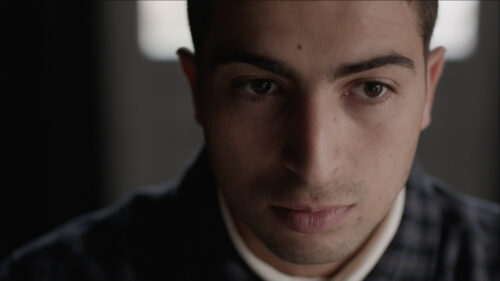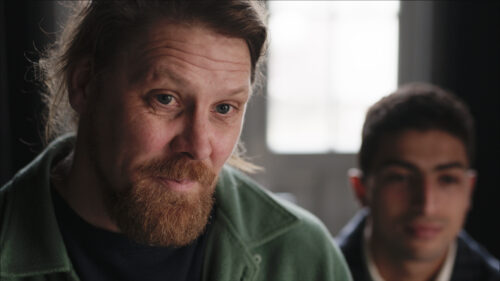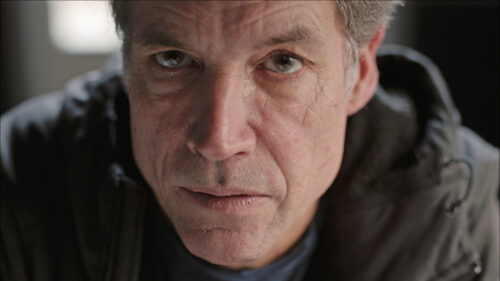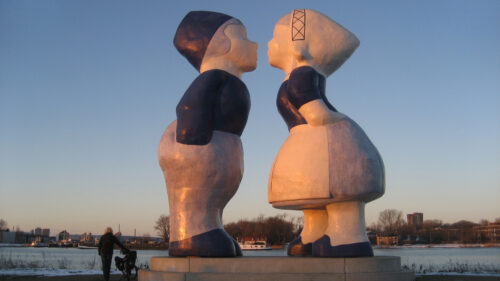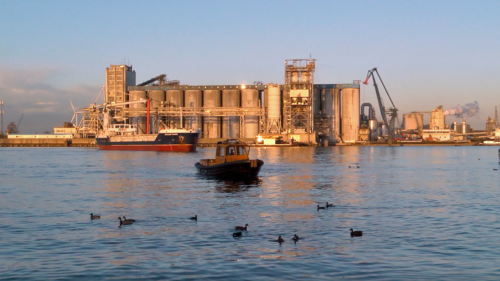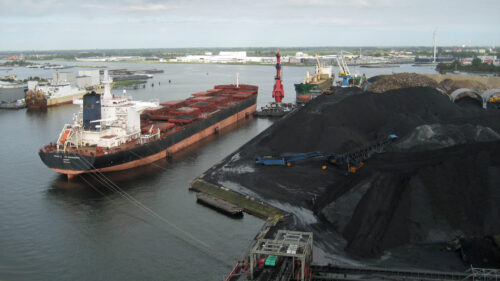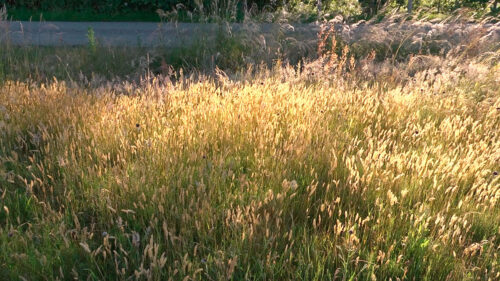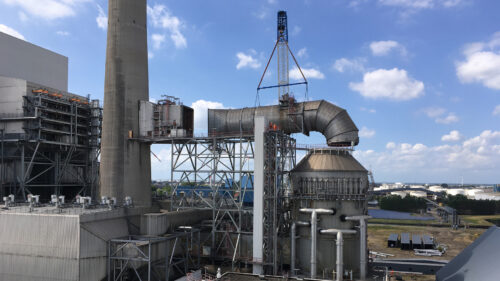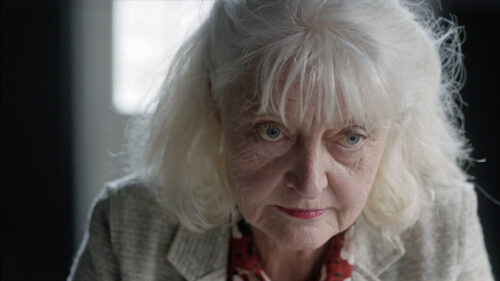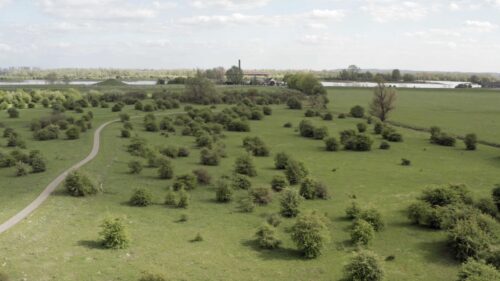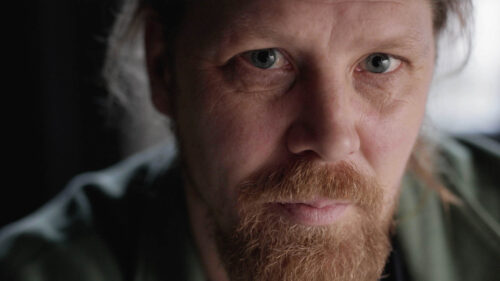KEY TO HEAVEN
history
23rd January 2025:
In just over a week, the premiere will take place in Rotterdam, in LantarenVenster. So there are still all kind of things to do, such as a final check of the sound, whether or not to give speeches, and where are we going to have a drink afterwards?
Do I find it exciting? Quite a bit. But yes, this is it. The question is: will the film then be locked up in a dark cupboard or will it be allowed to fly? At least occasionally. A bit of flapping of wings.
But the film has become what I wanted: research, a search for a lyrical moment.
19 December 2024:
This week it was officially announced that the film has been selected for IFFR 2025. I am very happy with that, because so far no other way has been found to give the film any visibility. Because yes, difficult, difficult. And there is no money to be made with that. Of course, I don’t find the film difficult at all! I sometimes say: it’s a romcom for intellectuals. Why shouldn’t that be allowed?
4 november 2024:
The grading (color correction) is done: everything looks nice now. Quite strange because there is very different material in the film: a piece of 16 mm from 1971, shot for the film Biosphere that we made at the Film Academy, a piece of mini-DV from 2000 (a timelapse shot of Tokyo), material shot by me with the Panasonic AG-AF 101E and the Panasonic DMC-G3, material shot by Jan Wich with the Sony FS7m2 and the drone cameras DJIMaviv 2 Pro and DJA Air 3, and then of course the material that Melle van Essen shot with the Arri Alexa and the Sony Venice.
In the meantime, Marc Lizier is working the sound design. Some of the texts that I record myself have to be re-recorded, because we just did that for a trial with the phone.
To be continued!
On January 4, 2016 I wrote in my diary:
Seen La Grande Bellezza (2013, Paolo Sorrentino) on television and again that film made a very big impression. Partly because of the powerful, well-framed images, partly because of the associative way of telling the story. Anything is possible, actually, within a story that is hardly a story. It’s really like how your mind can jump, through time. And the film is about the big things: life (why? how?) and death.
Just at the VPRO New Year’s Eve party, I spoke with Robert Alberdinck Thijm. He thought I should write something like that, just all kinds of associations. I said I could see a scene in front of me. Venice, after that feast in that courtyard. Huge tables with the food displayed as majestic works of art. Later we walked back to the hotel, across the quay, the city in the distance. I was wearing the cyclamen pink dress. It was still warm, although it was blowing softly. What did we say? I don’t know. Above all, I remember a feeling: life couldn’t be more beautiful than this. Walking along a quay in the dark on a warm summer night.
Be as personal as possible, Robert said. Someone else couldn’t write this for me. I had to do it myself.
For my plan, I had to look for a kind of large global setting. Perhaps the beauty of Amsterdam and the beauty of Zonnemaire. With characters that have a kind of peculiarity. Endless exploratory movements, but also a kind of search for the grail. And of course that grail is not found, but in the end a kind of peace is made with life as it is. That this is all, that’s all there is to it. It’s like walking along the quay on a summer night.
But is there a main character? Isn’t that me? To be played by an actress, of course. Or can that “I” remain out of the picture? Is everything filmed from the perspective of that “I”? No self-censorship. I have to allow any association. Desire is a key word. [..]
It’s strange that I wrote all that down at that time. It would take another two years before I had anything on paper. But my new film plan seemed to go in a different direction when, after a screening of Wistful Wilderness, people from the port authority came up to me and said that it would be great if this kind of film would be made about the Amsterdam port area.
Just like the island of Tienmeten, the port would also undergo a huge transition in the coming years. Not only because of advancing housing construction, but especially because of the energy transition. The Hemweg power plant, with its chimney as a landmark, was due to be shut down in 2024. It would be an end to fossil fuels.
Port of Amsterdam had given me a beautiful map, with the names of all the ports. I visited all kinds of companies that were involved in the energy transition in one way or another, and obtained the diploma Safety for Operational Managers VCA to have easier access to company sites. And I rode all four cycling routes through the area, partly alone, partly together with Hugo Naber who had signed up at the office as someone who wanted to do something with film.
In 2019, I wrote a screenplay for a feature-length documentary based on the transition of the Amsterdam port area. Just before the first lockdown in March 2020, the screenplay was submitted for Teledoc by Monique Busman (De Familie / Tomtit Film). The plan was rejected: it had no urgency, was too essayistic and not for a wide enough audience.
I decided to continue on the track I had started in 2016. A free, associative film that would be something between a feature film and a documentary. That landscape of the port of Amsterdam would still be the arena. In my explanation of the plan, I wrote:
Our protagonist could be a photographer, who is commissioned to capture the transition of the port of Amsterdam. Let’s call her Lea. How old is Lea? Old enough to have a past. [..] A film where everything is allowed, from documentary landscape shots to unannounced flashbacks. A film made up of apparent fragments that ultimately have some kind of connection. Loosely autobiographical. Uncompromising.
The plan was submitted to the Netherlands Film Fund on 20 May 2020. They were enthusiastic. I was allowed to develop it into a screenplay. Never in my life had I received such positive advice:
The treatment reads very excitingly, especially in a cinematographic sense; the detailed landscape observations, the lively dialogues during gatherings of friends, the letters of the deceased Boudewijnn that Lea gradually delves into, and the passage of time as a whole.
All these ingredients hold the reader in their grip and clearly express what is still hidden at the beginning of the story: Leah’s suppressed grief, her insecurity and her longing.
The closeness of humanity [..] versus the palpable distance to the larger is moving and thus becomes recognizable as a recurring theme throughout the earlier work of the director/screenwriter, who with this application shows that despite the already acquired impressive status of her cinematographic oeuvre, she is still challenged to take a step further.
But the screenplay we delivered less than a year later was not really appreciated by the Film Fund. And subsequent versions were also criticized. The suspense was lacking, characters were implausible, and the various storylines cannibalized each other. Also, ‘the cinematographic approach and working method (was) insufficiently clarified.’
Subsidy for realization was not an option if I would continue in this way.
I decided to rewrite the screenplay into a low-budget version, so that in the worst-case scenario, the film could be made without money, just like After the Tone (2014), also rejected by the Film Fund, and made anyway.
I scrapped all the play scenes: they would mainly take place off-screen. The actors would read their lines, in a sound studio, and I, as Lea, would be their antagonist. We could do a lot in two days in the studio. And we would combine those recordings with images of the port area. In part, I had already shot that material for what was supposed to be the documentary one day. It would be no longer a hybrid feature film, but a kind of documentary investigation into how you might be able to make a feature film.
Fortunately, we were still able to submit this to the Film Fund, as an artistic experiment, of course for a lower amount. Amazingly, a positive decision followed in November 2023: The film plan is [..] at the same time very personal and innovative, both within the maker’s oeuvre and in a broader playing field. Propelled by personal urgency and social relevance, the urgency of the film plan comes across convincingly.
Our first day of shooting was on February 12, 2024. The last one on July 5. In between were 14 shooting days. Which were fantastic. Great people to work with. Film as research. Exciting.
Funnily enough, the film we are editing now hardly differs from the treatment I once wrote. Freedom regained. And what the final result will be: I have no idea. But quite strange, I think.
